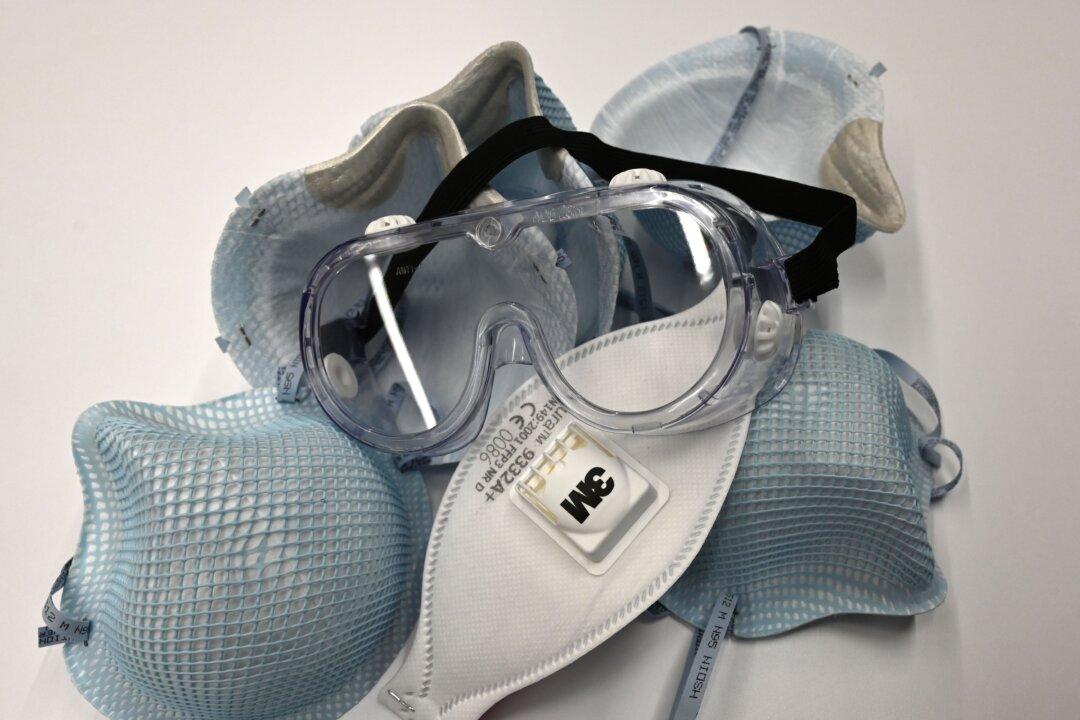The Pentagon has released details of its $133 million plan to produce 39 million N95 masks in the next three months under the Defense Production Act.
“Three companies were awarded contracts: 3M ($76 million), O&M Halyard ($29 million) and Honeywell ($27.4 million),” said Lt. Col. Mike Andrews, Department of Defense spokesman. “The increased production will ensure the U.S. Government gets dedicated long-term industrial capacity to meet the needs of the nation.”





